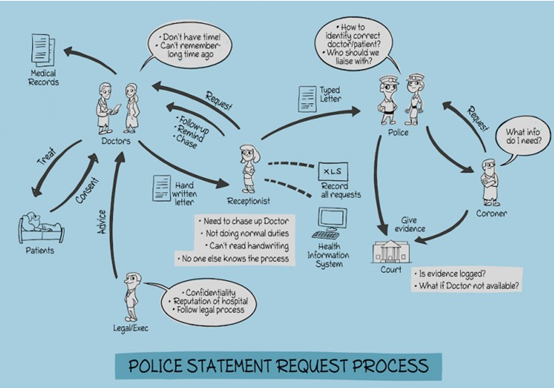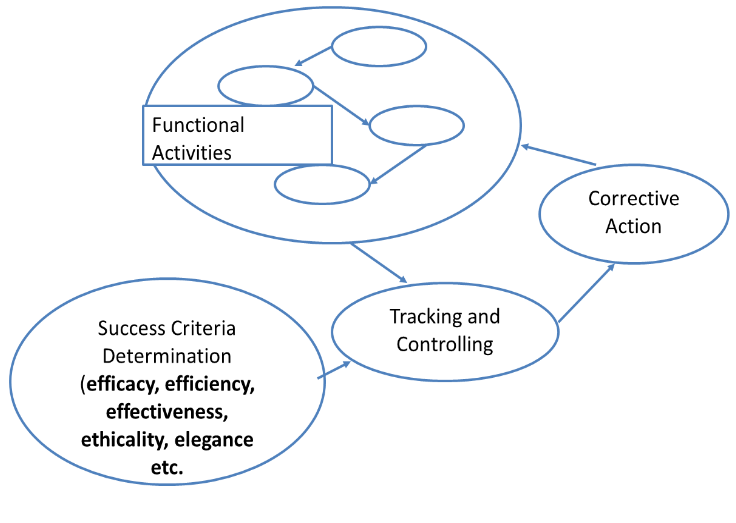4 Tips for Managing Ambiguity as a Business Analyst
As a business analyst, it is common to face ambiguity in many different forms and aspects. It may be the ambiguity of the business analysis approach you have chosen, the requirements, or the design decisions that you have to contribute to.
Ambiguity and constant changes are something that is expected. It’s up to you to respond constructively. The following tips may help:
#1- Approve Ambiguity
Although you may want to have full control over the circumstances, it will not happen. It may take time and changes in order to establish a business analysis approach to customers’ needs or understand the full aspects of the system to be developed. It is fine not to have the full picture from the beginning of the analysis journey, but it is your job to progressively clear out the context and the scope. Approve the ambiguity of the intrinsic part of the analysis.
#2- Mindset Shift
Ambiguity can cause plenty of negative thoughts and worries. Instead of entering into a negative, endless dialogue, try to view ambiguity as an opportunity for new approaches, for innovation, and for gaining experience. Ambiguity can cause team members frustration and challenges, as the situations triggering it are mostly out of our control. It is important to reframe biassed thinking patterns concerning ambiguity into positive ones.
Advertisement
#3- Utilizing Effective Risk Response Strategies
As a business analyst, you should cooperate with the project manager to recognize factors and assumptions that can affect the business analysis objectives. You have to understand the sources of the risk and craft alternatives you can use if those risks actually occur. Whether you are a lead business analyst or other team member, your ability to identify and respond to risks effectively will affect the team’s ability to successfully complete project tasks.
#4 – Have a Compass
Having a specific compass for ambiguous situations is essential to guiding your decisions and actions. Orienting yourself and leading your team through a period of ambiguity can be supported by a stable and valuable foundation of personal and organizational vision, mission goals, and objectives. Knowing at any time why you are doing something and what you want to achieve and being true to yourself and your team can guide you as the North Stare in unpredictable and chaotic situations.
By viewing ambiguity as an opportunity, you can reduce the stress imposed by an ambiguous situation, experiment with new processes and ideas, and develop your team members. Identifying a goal or value that can be used as a “compass” can contribute to avoiding actions and behaviours you will regret later.







